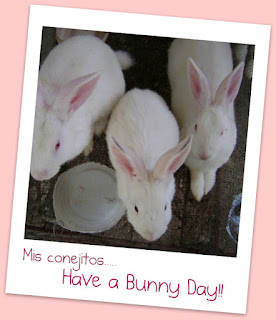Thank you for taking a few moments to leave your comments and for all your compliments regarding the Basket Weave Cake. They are of great motivation for me to continue to share with you what I like and do as hobby....and that is to share my recipes in this Blog. Your visits and comments are always welcome.
Today I would like to share in a more detailed manner the Basket Weave Technique. I hope to encourage you to do this at home. It was one of the first techniques that I learned and one that I personally love. I hope that this entry would be very helpful, and any suggestion or idea that you can contribute is more then welcome : D
Today I would like to share in a more detailed manner the Basket Weave Technique. I hope to encourage you to do this at home. It was one of the first techniques that I learned and one that I personally love. I hope that this entry would be very helpful, and any suggestion or idea that you can contribute is more then welcome : D
The size or shape of tips may be changed to suit the style you are trying to achieve. Keep in mind that the smaller the tip, the more work and time it will take to decorate the cake. The following is only a guide.
Basket Weave Decorating Tips of Ateco: (These are double use tips, meaning that you can use either side of these tips to achieve different styles)
# 48 # 46
Note: There are bigger Basket Weave decorating tips like the # 898, # 789 and #790, but the tips I listed above and use for this post are the ones that are used most frequent.
Start with a cake that has been crumb coated and frosted on top. You would then have to measure and mark the spaces on the cake where you want the row of basket weaves to go. This will ensure that the spacing is right and at even distance.
You can make the markings with wooden skewer or a decorating spatula. There are no set rules for dividing your cake, do it as you please. For a tighter basket weave make your markings closer together and for a looser weave mark them farther apart.
For a square or rectangle cake you could us a ruler to make the markings, or eyeball it. For the round cake it is easier to divide in half, then in quarter and so forth. I am sure you can come up with a right way for you. I have learned that "a good decorator makes things aesthetically pleasing and not necessarily perfect".
You can make the markings with wooden skewer or a decorating spatula. There are no set rules for dividing your cake, do it as you please. For a tighter basket weave make your markings closer together and for a looser weave mark them farther apart.
For a square or rectangle cake you could us a ruler to make the markings, or eyeball it. For the round cake it is easier to divide in half, then in quarter and so forth. I am sure you can come up with a right way for you. I have learned that "a good decorator makes things aesthetically pleasing and not necessarily perfect".
Option I Basket Weave Technique in a Cake:
Tips: # 48 and # 46
Above: Tip # 46
Below: I mark spaces with tip # 48 to know where the next line will go.
It is pretty much the same thing over and over again, but alternating the spaces.
- You could use tip # 22 to do a Rope o Shell border.
- To see the Wicker Basket Weave Tecnique clic here.
I recommend: http://cooksdream.com/store/tipslbask.html
I would love to hear about your experiences in using this technique and feel free to share photos of your Basket Weave Cake in our group in Facebook. YES yours and mine.
I invite you to visit my other blog, Living in God's Grace.





























Keep in touch